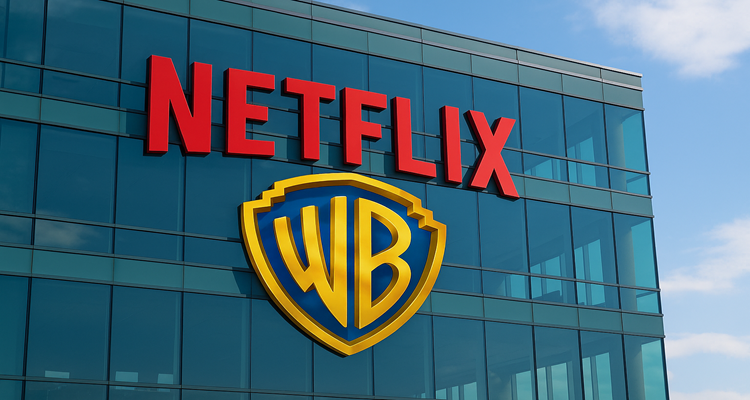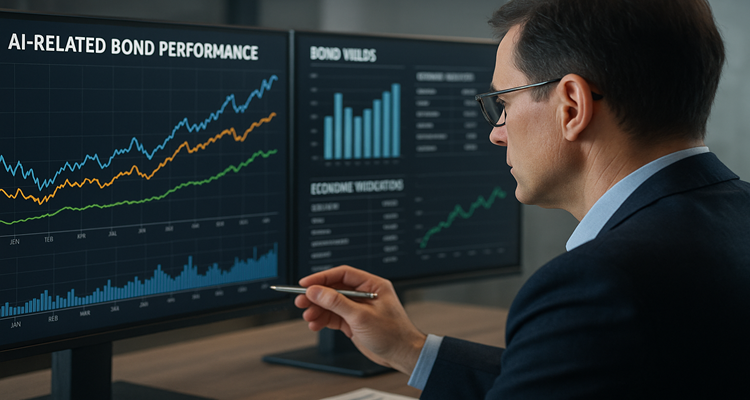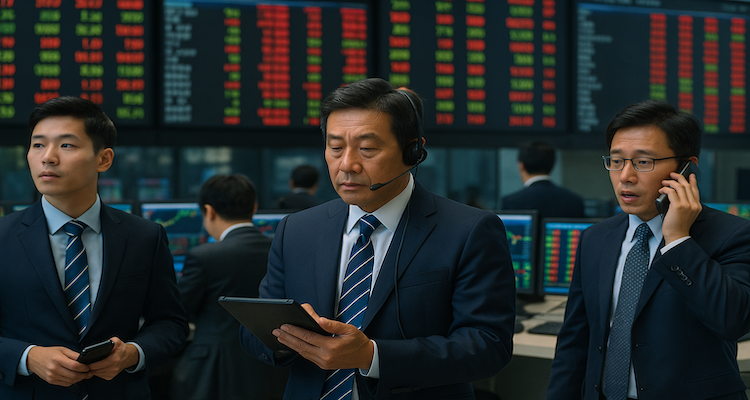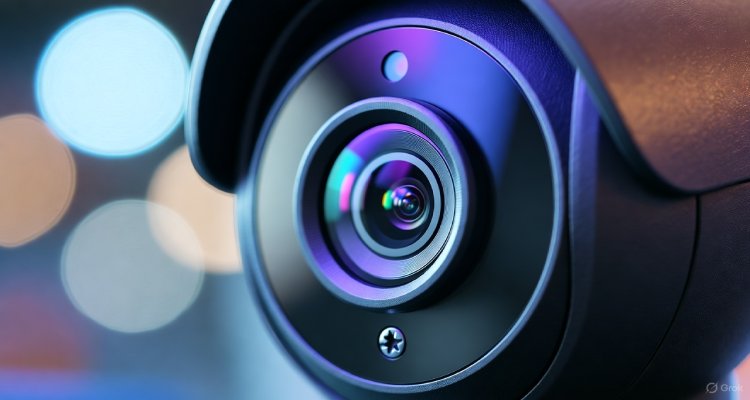The Video That Watches You Back
As AI-driven surveillance evolves, videos are no longer just watched—they watch us back. Here’s how “smart video” is redefining privacy, ethics, and human trust in the digital age.
Introduction: When the Lens Looks Both Ways
It used to be simple—videos captured the world around us. Today, the world inside the video is looking right back. From smart doorbells that recognize faces to retail cameras that track emotion, we’ve entered an era where video isn’t just a passive observer—it’s an intelligent participant. “The Video That Watches You Back” is no longer a metaphor; it’s the unsettling reality of modern surveillance and artificial intelligence blending seamlessly into everyday life.
Context & Background: From CCTV to Cognitive Vision
Traditional closed-circuit television (CCTV) once served a straightforward purpose—recording events for later review. But with AI-powered analytics, computer vision, and real-time recognition technologies, video has evolved into something far more powerful.
Companies and governments are now integrating “cognitive vision systems”—software capable of identifying faces, behaviors, and even emotional states. What was once mere footage is now a data source, analyzed frame-by-frame to extract insights about human activity, intent, and identity.
This shift began quietly in the 2010s, with facial recognition deployed in airports and city centers. By the 2020s, the technology had matured enough to read micro-expressions, detect anomalous movement, and predict possible actions before they happen. The result: a new kind of video surveillance—one that not only sees but interprets.
Main Developments: How Video Became Sentient
The rise of AI-enabled cameras represents one of the most profound technological shifts in modern society. These systems are designed not just to capture footage but to process and learn from it.
In retail, AI cameras analyze customer movements to optimize store layouts or prevent theft. In smart cities, traffic cameras detect reckless drivers and send automated alerts. Even in homes, video doorbells from companies like Ring and Google Nest track familiar faces, sending push notifications about who’s approaching the door—sometimes even before the person rings the bell.
But the most controversial leap comes from emotion recognition algorithms—systems that claim to read human emotions from facial cues. Some employers have begun testing such tools to monitor worker satisfaction or stress. Schools in China and the U.S. have experimented with AI that tracks student attention levels through cameras in classrooms.
While these technologies promise safety and efficiency, they also raise pressing ethical questions: When does observation become intrusion? Who owns the data our faces generate?
Expert Insight & Public Reaction: Between Innovation and Invasion
Experts are increasingly split on the implications of “watchful” video technology.
“We’ve moved from surveillance to sousveillance—a two-way gaze where machines observe us as much as we observe them,” says Dr. Emily Chen, a digital ethics researcher at Stanford University. “The danger isn’t just data collection—it’s the normalization of being analyzed in real time.”
Privacy advocates warn that AI video systems often operate without transparency. “People rarely know how much is being inferred from their image,” says Jake Morrison, director of the nonprofit Digital Freedom Network. “Facial data can reveal more than identity—it can hint at mood, health, or political opinion.”
Public sentiment mirrors this unease. Online debates over AI surveillance often pit security against privacy. Proponents argue that smart video deters crime and enhances efficiency; critics counter that it erodes trust and autonomy, especially when implemented without consent.
Impact & Implications: The Future of the Watched
As “the video that watches you back” becomes commonplace, its ripple effects touch nearly every sector.
- In governance, AI-driven monitoring can help enforce laws but also amplify state control.
- In business, real-time customer analytics could revolutionize marketing—while undermining consumer privacy.
- In personal life, smart cameras offer comfort and safety, yet create digital archives of our private moments.
Ethical frameworks are still struggling to keep pace. The European Union’s AI Act and California’s Privacy Rights Act are early attempts to regulate AI surveillance, but enforcement remains murky. Meanwhile, the technology continues advancing—faster than policies can adapt.
Experts predict a future where every digital camera—public or private—could potentially feed into a broader neural surveillance grid, powered by shared AI models that learn collectively from billions of video inputs.
Conclusion: Staring Into the Digital Mirror
In the age of intelligent vision, the camera lens has become a mirror reflecting humanity’s deepest anxieties—about control, freedom, and visibility. “The Video That Watches You Back” isn’t just about technology; it’s about the shifting relationship between humans and the machines that observe them.
As AI continues to blur the boundaries between observer and observed, society must decide: Do we want videos that understand us—or simply ones that see us? The answer may define the next decade of digital life.
Disclaimer : This article is for informational and educational purposes only. It explores technological and ethical trends in AI video surveillance and does not endorse or criticize any specific company, product, or government program.











